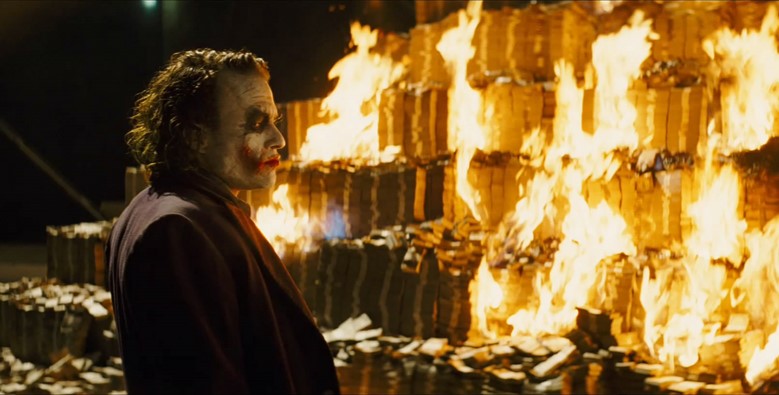The Economics Of Fake Money
July 31, 2014 in Daily Bulletin

Counterfeiting is a crime. Yet movies sometimes need to depict money on screen. Zachary Crockett wrote about what happens when the two clash:
- In the 1900s counterfeit money became a problem and the government banned its use in movies.
- Lucky for movie makers the Mexican revolution ended in 1920 and Mexican currency suddenly became worthless. It could then safely be used in movies.
- When that ran out directors went back to using real money. However as they got better and better at producing it they found that people (inadvertently or otherwise) started trying to spend it.
- The government cracked down, and one prop maker saw nearly $200 million of its fake money destroyed.
- These days movies will show a stack of bills where only the top bill is real currency. The rest is just blank sheets of paper unseen by the audience.
- Or a bank could loan a film the money. Bank guards closely monitor it during filming and it is carefully counted before and after the scene is shot.
- Some small firms also specialize in currency from specific eras. Such money is rented out for short durations to makers of historical films.
Read more and see how realistic movie money got, why the government cracked down on Rush Hour 2, and more over here.
Source: Priceonomics
Join the Discussion! (No Signup Required)